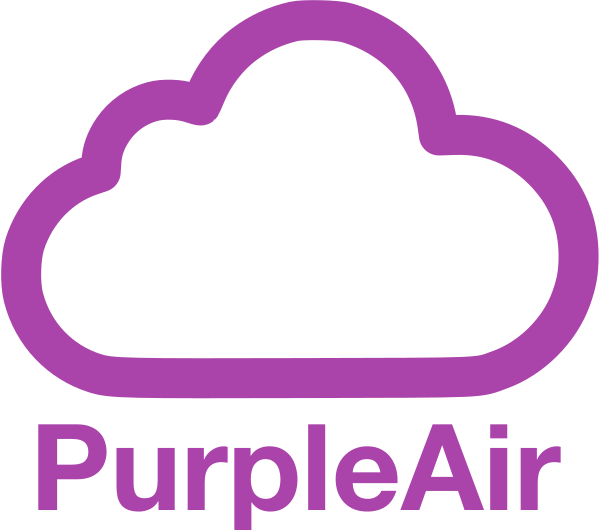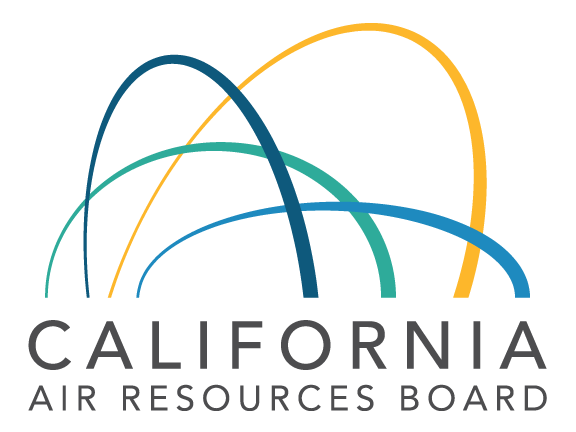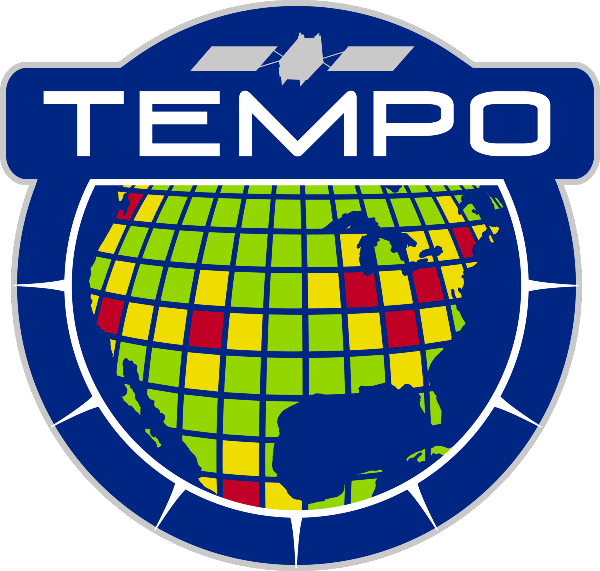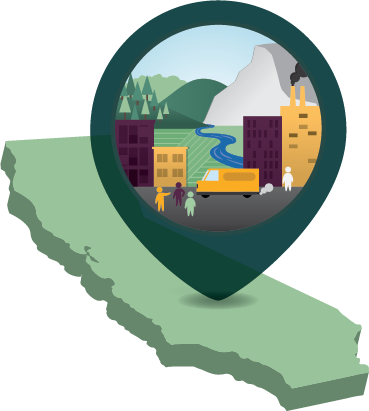AirGradient
AirGradient is an open-source air quality platform that provides both ready-to-use monitors and DIY kits for community scientists. Their commitment to transparency and open data has made them a valuable collaborator in environmental monitoring. In SJVAir, we include all publicly accessible AirGradient monitors in the San Joaquin Valley, with an emphasis on tested and verified units to ensure data quality.







